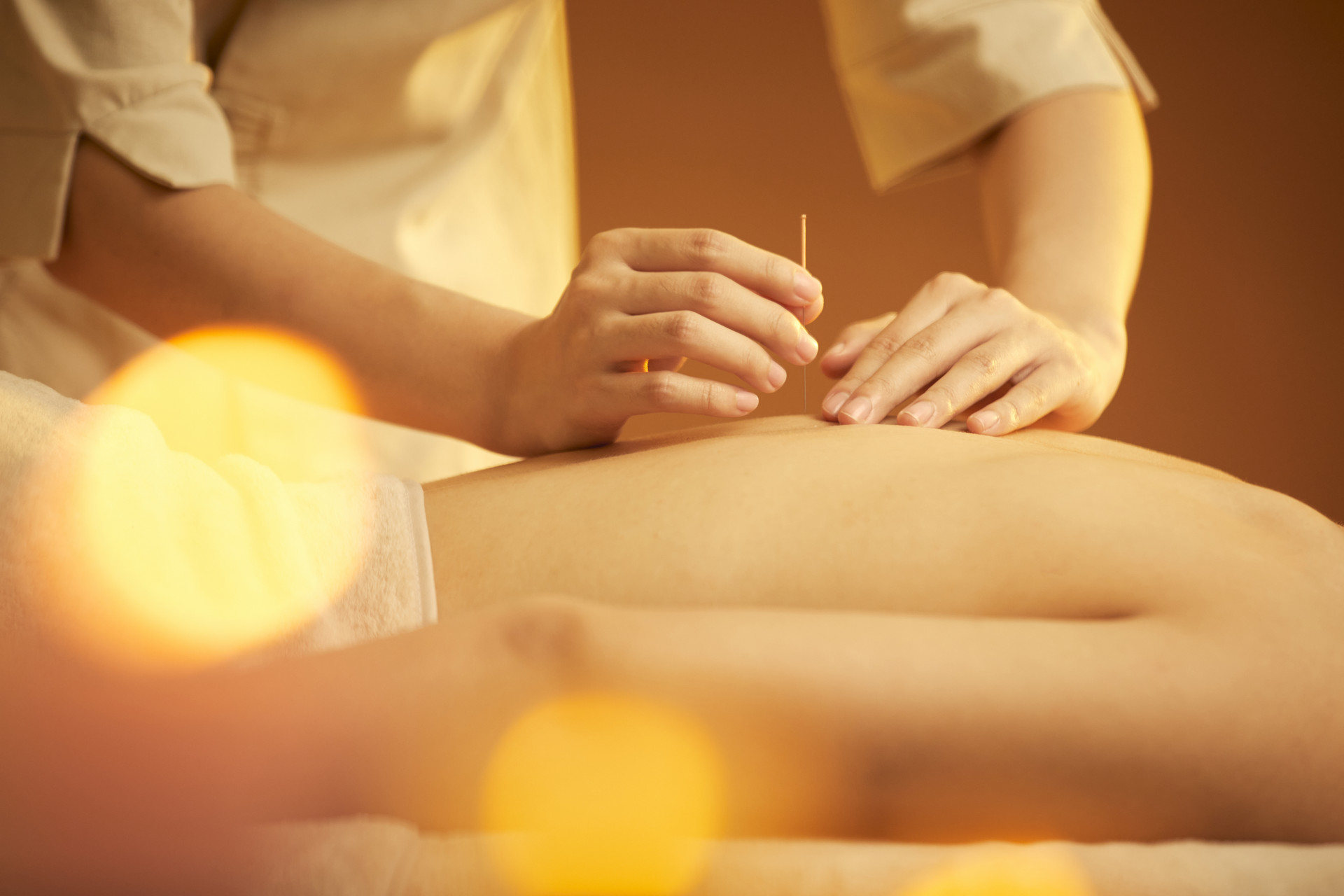Qi and blood deficiency is a common problem among many women. In addition to internal factors, the main cause of qi and blood deficiency is unhealthy lifestyle habits. A deficiency in qi and blood can directly or indirectly lead to various health issues, which is why traditional Chinese medicine recommends using moxibustion to regulate qi and blood deficiency.
[Causes of Qi and Blood Deficiency]
1. Irregular Sleep Patterns
Modern women face the dual pressures of family and work, leading to excessive fatigue and irregular sleep patterns. This prevents the body from properly recovering and restoring qi and blood. Over time, this can result in qi and blood deficiency in women.
2. Decreased Physical Activity
Most diseases cannot be prevented or treated without moderate and regular exercise. Exercise effectively enhances bodily functions and keeps the body in a healthy state.
However, modern women often lead busy lives and tend to neglect physical activity, resulting in decreased exercise. With reduced physical activity, blood circulation slows down and the generation of qi and blood is hindered, ultimately leading to symptoms of qi and blood deficiency in women.
3. Inadequate Energy Supply
Various diseases not only deplete the body's energy, but also continuously consume the body's blood and qi.
If diseases are not promptly treated and combined with unhealthy eating habits and imbalanced nutrition, the energy supply becomes inadequate and symptoms of qi and blood deficiency may arise.
[Methods of Moxibustion for Supplementing Qi and Blood]
1. Suspended Moxibustion
Hold the moxa stick with one hand, using the base of the palm for support to keep the moxa stick stable. Place the index and middle fingers of the other hand separated on the moxibustion area to prevent burning the patient.
Move the moxa stick up and down above the moxibustion area, keeping the temperature at a level where the patient feels slight warmth. Depending on the individual's constitution, the distance of moxibustion can vary from 2 to 10 centimeters.
2. Garlic-Separated Moxibustion
Slice garlic into thin pieces of about 0.5 centimeters thick, make a small hole in the middle, and place it on the acupoint for moxibustion with a moxa stick.
3. Ginger-Separated Moxibustion
Cut fresh ginger into thin pieces of about 0.5 centimeters thick, make several small holes in the center with a needle, place the moxa stick on top, and moxibustion on the acupoint. When feeling a burning sensation, lift the ginger slice slightly away from the skin for a moment and then lower it back down, continuing the moxibustion. Repeat until the local skin appears slightly red.
[Acupoints for Moxibustion to Supplement Qi and Blood]
1. Guan Yuan (Origin Pass)
Guan Yuan is located three inches below the navel. It is believed to be the place where men store essence and women store blood. Regular moxibustion and massage at this acupoint can possibly nourish qi and kidney essence and regulate qi and blood.
2. Shen Yu (Kidney Shu)
The kidneys are the foundation of our innate vitality. With sufficient kidney yang, our body's organs, limbs, blood vessels, muscles, bones, and spirits can receive warmth, blood can circulate smoothly, and muscles and bones can be strong. Moxibustion on the Shen Yu acupoint can harmonize blood circulation, enhance kidney function, and strengthen internal vitality.
3. Xue Hai (Sea of Blood)
Place your palm just below your knee (right palm on the left knee, left palm on the right knee), with your fingers facing upward and your palm naturally open. The acupoint is located below the thumb. Xue Hai is an important acupoint for treating blood-related conditions. It has the functions of promoting blood circulation, eliminating blood stasis, nourishing blood, and guiding blood back to the meridians.
4. San Yin Jiao (Three Yin Intersection)
San Yin Jiao is the primary acupoint for regulating gynecological issues. Daily moxibustion on the San Yin Jiao acupoint for 10-20 minutes until the skin becomes slightly red is recommended. It has the effects of invigorating the spleen, nourishing blood, soothing the liver, and tonifying the kidneys, and can help with various gynecological disorders such as anemia, irregular menstruation, menstrual pain, premenstrual irritability, and infertility.












